Dinogest | 2mg | Tablet | 10 pcs
৳ 500.00
Brand Name: Dinogest Tablet
Generic: Dienogest
2 mg
Manufacturer: Beximco Pharmaceuticals Ltd.
Unit Price: ৳ 50.00 (1 x 10: ৳ 500.00)
Strip Price: ৳ 500.00
Indications
Therapeutic Class
Pharmacology
Dosage & Administration
Tablet-taking can be started on any day of the menstrual cycle. The dosage of Dienogest is 2 mg daily without any break, taken preferably at the same time each day with some liquid as needed. Tablet must be taken continuously without regard to vaginal bleeding. When a pack is finished, the next one should be started without interruption.
In the event of missed tablet(s), the woman should take 2 mg only, as soon as she remembers, and should then continue the next day to take the tablet at her usual time. A tablet not absorbed due to vomiting or diarrhea should likewise be replaced by 2 mg.
Interaction
Contraindications
Side Effects
Undesirable effects are more common during the 1st months after start of intake of Dienogest, and subside with duration of treatment. The following undesirable effects have been reported in users of Dienogest. The most frequently reported undesirable effects during treatment that were considered at least possibly related to Dienogest were headache (9%), breast discomfort (5.4%), depressed mood (5.1%) and acne (5.1%).
- Nervous System Disorders: Headache, migraine.
- Cardiac Disorders: Uncommon: Unspecified circulatory system disorder, palpitations.
- Vascular Disorders: Uncommon: Hypotension.
- Gastrointestinal Disorders: Common: Nausea, abdominal pain, flatulence.
- Metabolism and nutrition disorders: Weight increase (3.6%)
- Psychiatric Disorders: Depressed mood, irritability, nervousness, altered mood.
Pregnancy & Lactation
There are limited data from the use of Dienogest in pregnant women. Animal studies and data from women exposed to Dienogest during pregnancy reveal no special risks on pregnancy, embryonic/fetal development, birth or development after birth for humans. However, Dienogest should not be administered to pregnant women because there is no need to treat endometriosis during pregnancy.
Treatment with Dienogest during lactation is not recommended. Physiochemical properties and animal data indicate excretion of Dienogest in breast milk. A decision must be made whether to discontinue breastfeeding or to abstain from Dienogest therapy taking into account the benefit of breastfeeding for the child and the benefit of therapy for the woman.
Precautions & Warnings
Before starting Dienogest treatment, pregnancy must be excluded. During treatment, patients are advised to use nonhormonal methods of contraception (e.g, barrier method) if contraception is required.
As Dienogest is a progestogen-only preparation, it can be assumed that special warnings and special precautions for use of other progestogen-only preparations are also valid for the use of Dienogest .
- Changes in Bleeding Pattern: Dienogest treatment affects the menstrual bleeding pattern in the majority of women.
- Hepatic Impairment: Dienogest is contraindicated in patients with present or past severe hepatic disease.
- Impairment of Fertility: Based on available data, ovulation is inhibited in the majority of patients during treatment with Dienogest. However, Dienogest is not a contraceptive. If contraception is required, a nonhormonal method should be used.
Use in Special Populations
Use in Children: Dienogest is not indicated in children prior to menarche. The safety and efficacy of Dienogest in adolescents (menarche to 18 years) has not yet been established.
Use in the Elderly: There is no relevant indication for the use of Dienogest in the geriatric population.
Overdose Effects
Storage Conditions
| Generic Name | Dienogest |
|---|---|
| Tablet | 2 mg |
Only logged in customers who have purchased this product may leave a review.

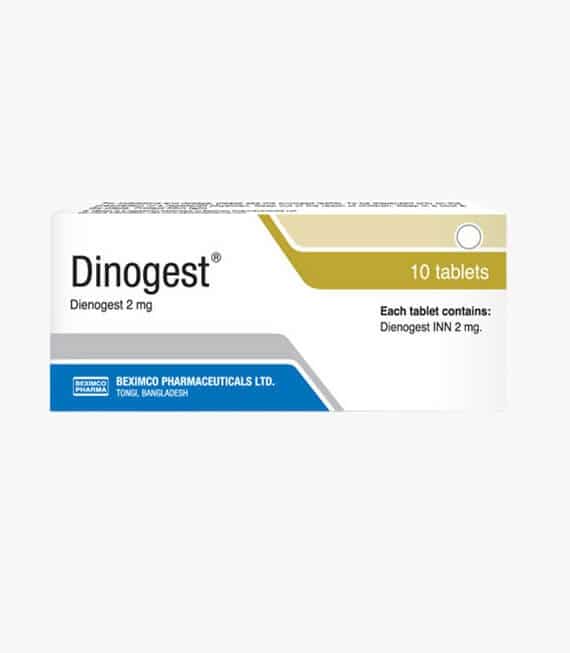

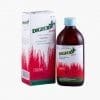


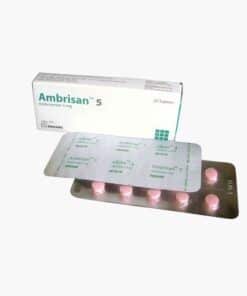
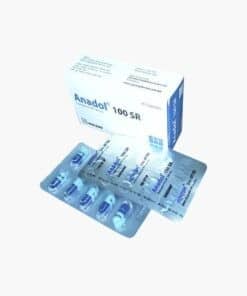

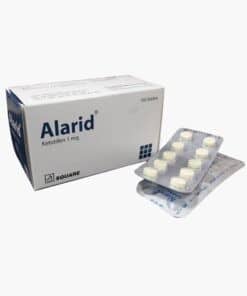
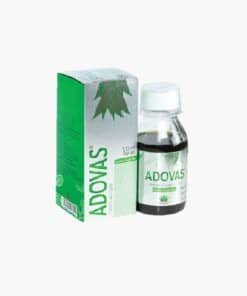

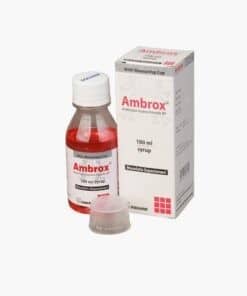
Reviews
There are no reviews yet.